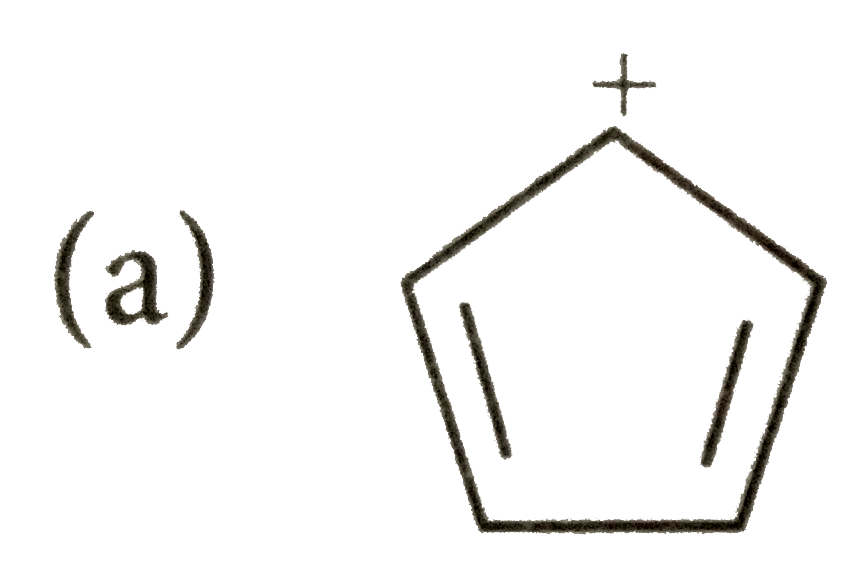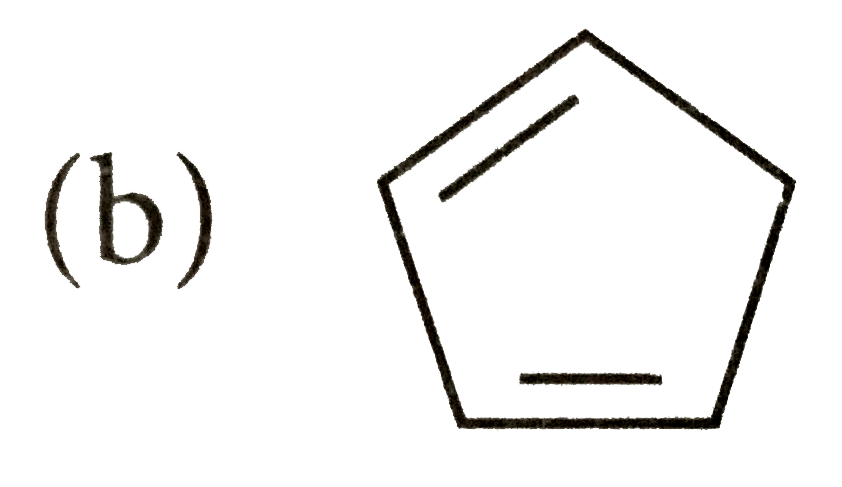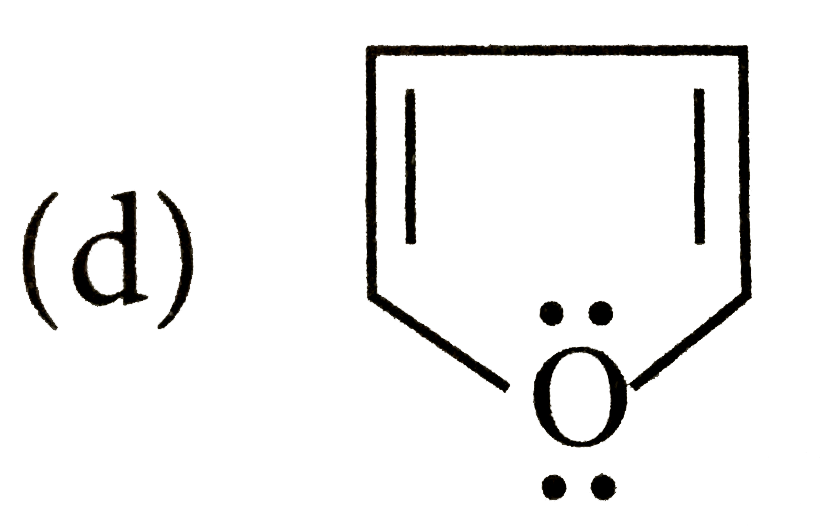Which of the following species is diamagnetic in nature?
He−2
H2
He+2
H−2
To determine which of the given species is diamagnetic in nature, we need to analyze the electronic configurations of the species mentioned and check for the presence of unpaired electrons. A species is considered diamagnetic if it has no unpaired electrons, while it is paramagnetic if it has one or more unpaired electrons.
1. Identify the Species: The species we need to analyze are Helium-2- (He2-), Hydrogen (H2), Helium-2+ (He2+), and Hydrogen-2- (H2-).
2. Determine the Molecular Orbital Configuration:
- Helium-2- (He2-): The molecular orbital configuration is σ21sσ21sσ12s. This configuration indicates that there are 2 electrons in the bonding orbital and 1 in the antibonding orbital, resulting in unpaired electrons.
- Hydrogen (H2): The molecular orbital configuration is σ21s. This configuration shows that both electrons are paired, indicating no unpaired electrons.
- Helium-2+ (He2+): The molecular orbital configuration is σ21sσ11s. This indicates that there is 1 unpaired electron.
- Hydrogen-2- (H2-): The molecular orbital configuration is σ21sσ11s. This also indicates that there is 1 unpaired electron.
3. Analyze the Presence of Unpaired Electrons:
- He2-: Contains unpaired electrons (paramagnetic).
- H2: Contains no unpaired electrons (diamagnetic).
- He2+: Contains unpaired electrons (paramagnetic).
- H2-: Contains unpaired electrons (paramagnetic).
4. Conclusion: Among the given species, only Hydrogen (H2) is diamagnetic because it has no unpaired electrons.
Final Answer:
The species that is diamagnetic in nature is Hydrogen (H2).
- Helium-2- (He2-): The molecular orbital configuration is σ21sσ21sσ12s. This configuration indicates that there are 2 electrons in the bonding orbital and 1 in the antibonding orbital, resulting in unpaired electrons.
- Hydrogen (H2): The molecular orbital configuration is σ21s. This configuration shows that both electrons are paired, indicating no unpaired electrons.
- Helium-2+ (He2+): The molecular orbital configuration is σ21sσ11s. This indicates that there is 1 unpaired electron.
- Hydrogen-2- (H2-): The molecular orbital configuration is σ21sσ11s. This also indicates that there is 1 unpaired electron.
- He2-: Contains unpaired electrons (paramagnetic).
- H2: Contains no unpaired electrons (diamagnetic).
- He2+: Contains unpaired electrons (paramagnetic).
- H2-: Contains unpaired electrons (paramagnetic).
The species that is diamagnetic in nature is Hydrogen (H2).
Topper's Solved these Questions
- SAMPLE QUESTION PAPER -1BOOK - ICSECHAPTER - SAMPLE QUESTION PAPER -1EXERCISE - Match the following:
1 Videos
- SAMPLE QUESTION PAPER -1BOOK - ICSECHAPTER - SAMPLE QUESTION PAPER -1EXERCISE - Answer the following questions:
28 Videos
- SAMPLE QUESTION PAPER -1BOOK - ICSECHAPTER - SAMPLE QUESTION PAPER -1EXERCISE - Answer the following questions:
28 Videos
- SAMPLE QUESTION PAPERBOOK - ICSECHAPTER - SAMPLE QUESTION PAPEREXERCISE - Question
69 Videos
- SAMPLE QUESTION PAPER -2BOOK - ICSECHAPTER - SAMPLE QUESTION PAPER -2EXERCISE - Questions & Answers
10 Videos
Similar Questions
Knowledge Check
Which of the following species is paramagnetic in nature ?
AH2BLi2CB2DN2Which of the following species is aromatic?
A B
B C
C D
D
Which of the following species is paramagnetic ?
View SolutionWhich of the following species is paramagnetic ? .
View SolutionWhich of the following species in paramagnetic:
View SolutionWhich of the following species is aromatic :
View SolutionWhich of the following species will be diamagnetic
View SolutionWhich of the following complexes diamagnetic:
View Solution
